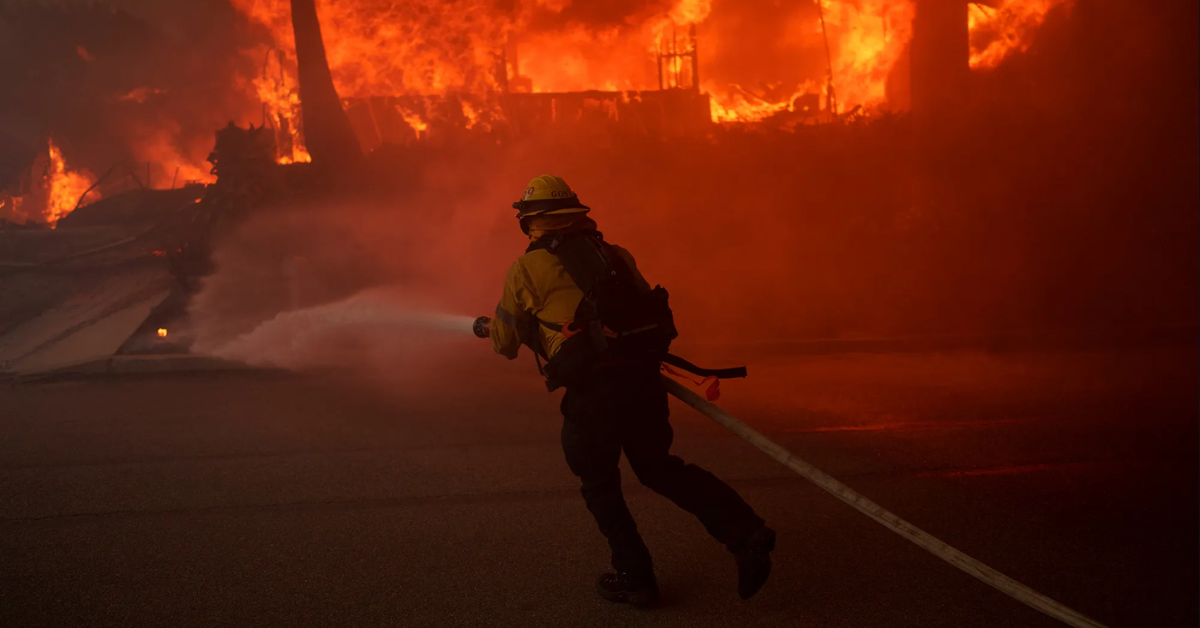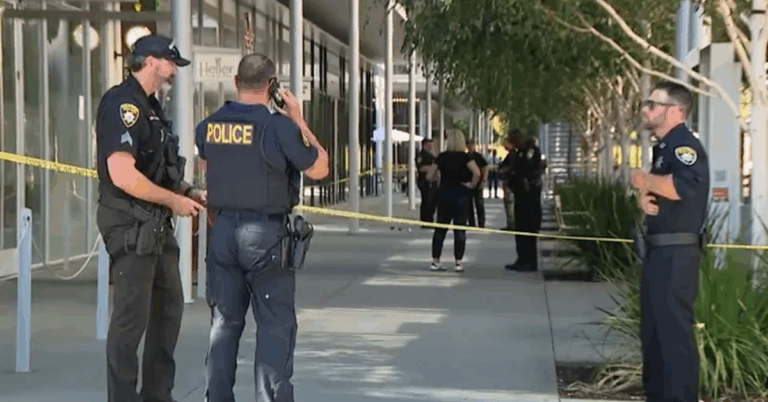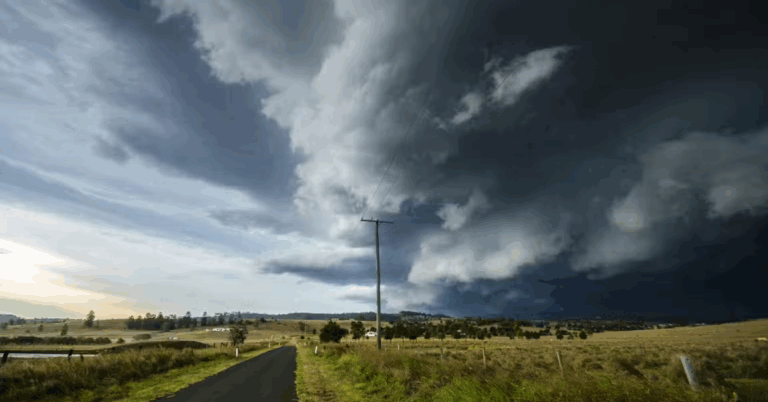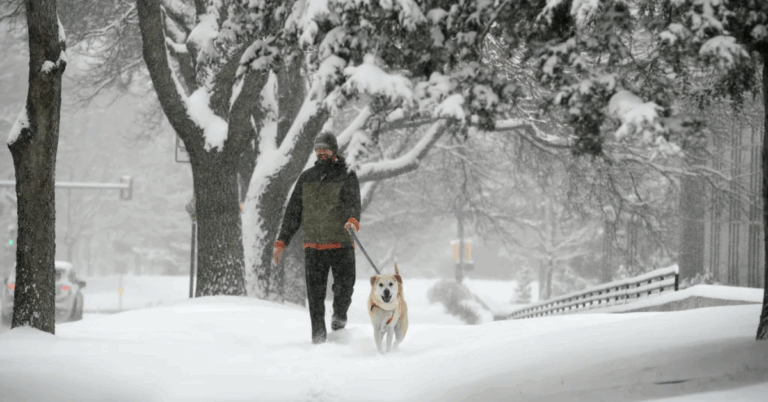
California is experiencing one of its most intense wildfire seasons in recent years, with large blazes spreading quickly across the state. These wildfires are not only threatening homes and forests but also causing significant air pollution and health risks. As the fires grow, more residents are facing evacuations and power outages, making it a challenging time for many communities.
The combination of hot weather, dry conditions, and strong winds has made it easier for wildfires to ignite and spread rapidly. State officials and firefighters are working tirelessly to control the flames, but the situation remains critical. Understanding the causes and impacts of these wildfires is important for everyone, especially as climate change continues to make such events more frequent.
Why Is This Wildfire Season Worse Than Before?
This year, California has seen unusually dry weather paired with higher temperatures, creating the perfect conditions for wildfires. According to the National Geographic, these extreme weather patterns are linked to long-term climate change trends that increase the risk of fires. Dry vegetation acts like fuel, helping fires spread faster once they start.
Additionally, strong winds, known as the Santa Ana winds in southern California, have been pushing the flames rapidly across large areas, making firefighting efforts more difficult. The California Department of Forestry and Fire Protection (Cal Fire) has reported that more areas are now vulnerable due to past droughts weakening trees and plants, turning them into fire-prone material.
Impact on Residents and Environment
The wildfires have forced thousands of people to leave their homes to stay safe. Evacuation centers are set up across affected areas, with efforts made to provide shelter, food, and medical help. The smoke from the fires has also caused air quality to worsen, which is dangerous for people, especially those with asthma or other respiratory issues. The Environmental Protection Agency (EPA) warns that wildfire smoke can contain harmful particles that impact health even miles away from the fire.
The environment suffers major damage too, as forests and wildlife habitats are destroyed. This not only affects animals but also increases the chances of soil erosion and water pollution after the fires. Recovery from such damage can take many years, altering local ecosystems and biodiversity.
How Are Authorities Responding?
Cal Fire, along with other emergency services, is actively working to control the fires and support affected communities. Advanced technologies such as drones and satellite imaging help monitor wildfire growth and direct firefighting efforts more efficiently. Firefighters also use controlled burns to reduce fuel supply in critical areas, aiming to prevent bigger fires in the future.
State officials are urging residents to stay alert, follow evacuation orders, and prepare emergency kits in case the situation worsens. Programs to increase community awareness about fire safety and prevention have been launched, focusing on practical steps like clearing dry brush and using fire-resistant materials for homes.
What Can You Learn from California’s Wildfire Crisis?
Even if you live far from California, it’s important to understand the lessons these wildfires teach about environmental responsibility and disaster preparedness. Climate change impacts are global, and extreme weather events can happen anywhere. Being prepared with knowledge and emergency supplies can save lives.
You can also support efforts to reduce climate change by adopting eco-friendly habits like conserving water, reducing energy use, and supporting reforestation projects. Staying informed through reliable sources such as Cal Fire’s official website helps you stay updated on wildfire risks and safety tips.
Conclusion
California’s escalating wildfire season is a clear example of how changing climate patterns are affecting our environment and communities. The fierce blazes highlight the urgent need for action on climate change, better land management, and community preparedness. By staying aware and supporting prevention efforts, we can all contribute to reducing the impact of wildfires in the future.









